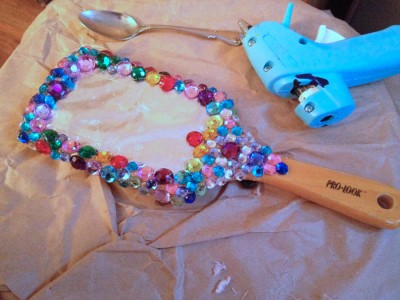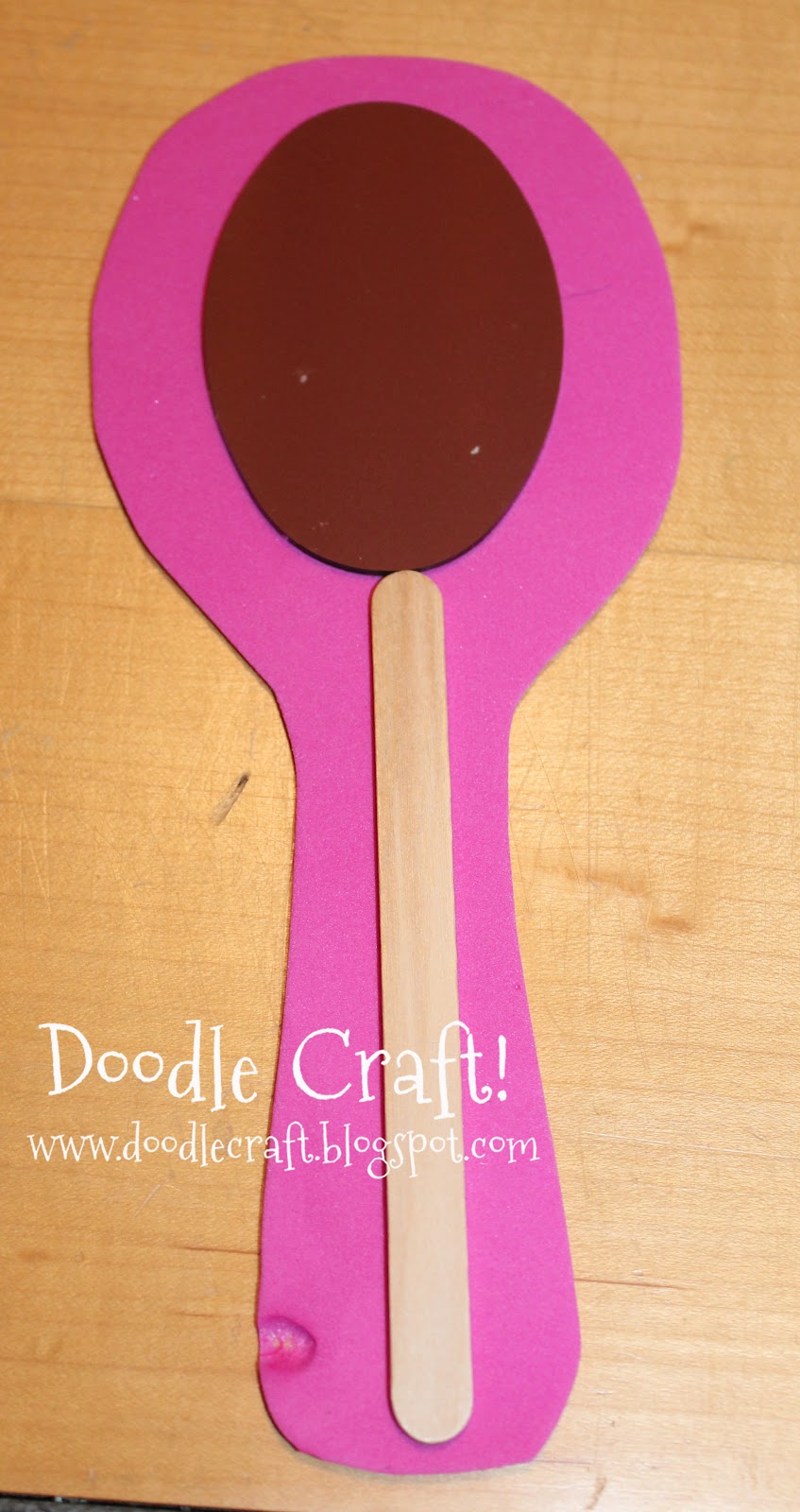

- #Diy magic mirror tutorial install
- #Diy magic mirror tutorial update
- #Diy magic mirror tutorial tv
- #Diy magic mirror tutorial mac
- #Diy magic mirror tutorial windows

#Diy magic mirror tutorial tv
To do the initial configuration, I plugged the Compute Stick into my A/V receiver, and plugged in its USB power supply, using a normal TV for the display.
#Diy magic mirror tutorial windows
There are still a lot of little switches to flip, but it's pretty much all through the Windows UI, and doesn't require editing any configuration files. Maybe if I was more familiar with Linux I wouldn't be so annoyed with it, but it seems to try pretty hard to make me not like it.Īll told, it took me about 3-4 hours to convert from the Pi to the Compute Stick, including setting up Windows, doing Windows updates, installing all the software, customizing it, getting everything to auto-login and launch properly, physically mounting the hardware in the mirror, and writing most of this article. I found that on Linux it took a lot more googling and tinkering to get things working at all. But even so, I didn't have to do a lot of research to make things work in those - every issue I encountered was solved with some simple googling and easy steps, usually directly from the UI. I admit that my familiarity with both Windows and macOS biases me towards them. Linux is a distant third due to the need to edit config files, and manage anachronisms like a case-sensitive file system, and how things never seem to quite seem to work right out of the box (for example, getting it to reconnect to wifi automatically, which you'd think it would just work, but apparently it doesn't without a bunch of tinkering). Overall I find that macOS is the easiest OS to use, and would do everything I want for the mirror with less trouble than Linux or Windows, but Windows is a reasonably close second.
#Diy magic mirror tutorial mac
I'd prefer macOS, but I can't justify the cost of cramming even the cheapest a Mac mini behind my mirror. I'm comfortable with Windows, having used it in some form for more than 20 years. Which brings us to the "cost" of Linux vs Windows.

I specifically did not want to use Linux, which is why I got the Windows model. You can also get an Intel Compute Stick that comes with Ubuntu Linux instead of Windows, which brings the price down substantially because you're not paying for the Windows license. This still gives a nice cost savings to the Pi, but at the expense of having to fiddle with more components and generally slower hardware. So while the Compute Stick is about 3x-4x more than a Pi, it is actually closer to 2x-3x depending on the accessories you need to get. It includes wifi, Bluetooth, a case, and an SSD, as well as a USB power supply. The Intel Compute Stick I got costs $125 on Amazon. You're looking at a minimum of $45, and up to $65.
#Diy magic mirror tutorial install
You will need a micro SD card (~$10) to install the OS on. You may also need a power supply (~$10), unless you can run it off USB. Pi 3 Model B is the same price, and includes wifi, but if you have a Pi 2 like I did it'll be another $10 for a USB wifi module. Some people like Linux, and want as lean as a system as they can get, but I just want something that will do what I want it to do with as little hassle as possible, and here that was the Intel Compute Stick running Windows. I find Windows much easier to use than Linux, and I was able to get it to do what I wanted it to do very quickly. Overall, I'm quite happy with my switch to the Compute Stick.

Moving it back into the mirror case would probably completely silence it, but I haven't had a reason to mess with it just yet. I actually thought it was the neighbors vacuuming, and that the sound was just barely coming through the walls, but it was just the stick. Since I moved it to the outside of the mirror in an attempt to improve wifi signal strength, I hear it a bit more in a dead-quiet bathroom in the morning. AirPlay doesn't really work, but the speakers are so bad in that TV that it hasn't been much of a concern.
#Diy magic mirror tutorial update
A Windows update once opened a dialog in the screen to let me know it was going to automatically reboot in the middle of the night, but I haven't seen any of those since. A few late Windows post-install messages that would pop up in the first few days, but they were dismissed easily. The only issues I had were very minor and easily resolved. I can treat the mirror as just another appliance, which is how I want it to work - I have enough computers to keep maintained. Windows updates automatically trigger in the middle of the night, and since I was able to get Chrome to launch on startup properly I don't even need to be aware that it happened. I haven't had to restart the browser at all, while with the Pi/Chromium pages would just stop updating and I'd have to either refresh the page or restart Chromium itself. It's been two months, and so far everything is working perfectly.


 0 kommentar(er)
0 kommentar(er)
